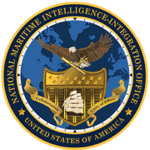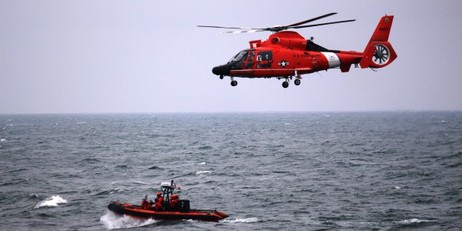Crowdsourcing Algorithms to Stop Illegal Fishing
Published Oct-15-18Breakthrough:
The development of algorithms to identify and tackle illegal, unregulated and unreported fishing.
Company:
The National Maritime Intelligence-Integration Office, United States
The Story:
 Illegal, unreported and unregulated fishing (IUU) is a huge problem worldwide that puts fishing stocks under greater pressure, threatens food security and the livelihoods of coastal communities and island nations and can cause serious environmental damage. For example, when fishing vessels use prohibited gear such as driftnets they can harm non-target species such as turtles and dolphins.
Illegal, unreported and unregulated fishing (IUU) is a huge problem worldwide that puts fishing stocks under greater pressure, threatens food security and the livelihoods of coastal communities and island nations and can cause serious environmental damage. For example, when fishing vessels use prohibited gear such as driftnets they can harm non-target species such as turtles and dolphins. Illegal fishing can include fishing without a license, fishing with prohibited gear, fishing over quota and fishing in a closed area. Unreported fishing refers to vessels that are unreported or have been misreported while unregulated fishing is defined as fishing activities where there are no regulations to manage what is being caught.
Among the places where IUU is known to take place are off the coast of West Africa, the Western Central Pacific Ocean and the Northwest Pacific Ocean.
Big Data and Algorithms
To help authorities be more effective at identifying and responding to IUU fishing activity the National Maritime Intelligence-Integration Office (NMIO) in the United States organized the Maritime Data Challenge (also known as the Fishing for Fishermen contest), which was completed in 2017.
“The Department of Homeland Security is seeking the capability to automatically detect vessels engaged in fishing, based on observable behavior, regardless of vessel type or declared purpose in an effort to better combat IUU fishing,” read the contest’s problem statement.
This global crowdsourcing algorithm development competition was run in two phases over two years and was co-sponsored by the U.S. Departments of Defense and Homeland Security. It attracted 119 data scientists from 33 countries.
During the first phase, called Marathon Match I participants were given satellite-collected vessel position information and tasked with identifying which vessels in 10 pre-selected areas were fishing. This phase attracted 77 competitors.
For the second phase, Marathon Match II participants had to determine the types of activities vessels were engaged in by using several datasets that included oceanographic and bathymetric data. This was seen as the more complex of the crowdsourcing competition’s two phases and it attracted 56 competitors.
During these marathon matches, coders wrote their code, computed the data and made submissions for scoring for the rest of the Topcoder community to see.
Winning Algorithms
The winner of the first phase was a coder and copilot from Poland who goes by the name Psyho and who picked up a check for $5,000. The second phase was won by wleite, a computer forensics expert. He was given a check for $10,000.
Putting the Algorithms to Use
Through the incorporation of the winning algorithms, authorities around the world will have new tools to call on to tackle illegal fishing and the many problems it causes communities, countries and the planet.
Next Story »

